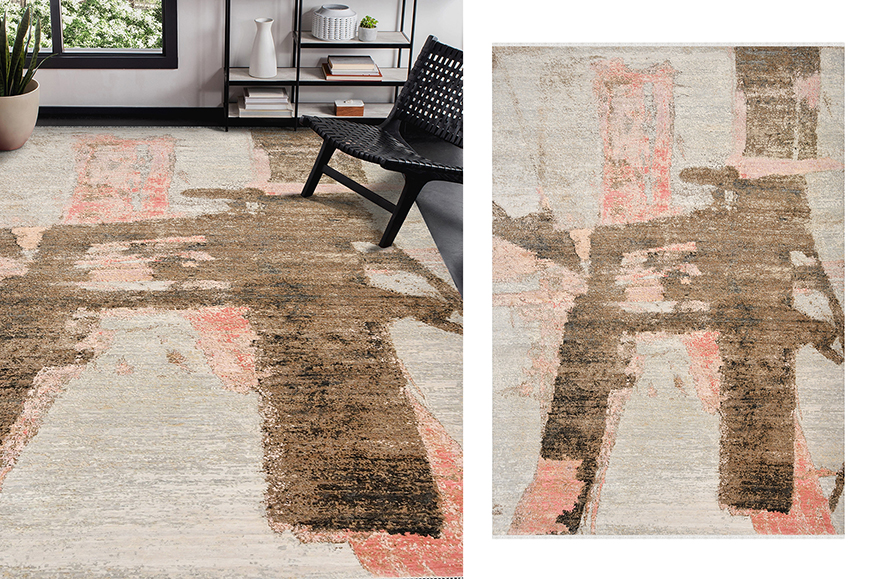
From Concept to Creation: The Intricate Process of Crafting a Quality Rug
Rugs have been an essential part of interior design for centuries. They add warmth, texture, and color to a room, and can even tie a space together. But have you ever stopped to think about how these beautiful floor coverings are made? The process of crafting a quality rug is intricate, requiring careful consideration and skill at each stage. we'll take a closer look at the steps involved in making a quality rug, from concept to creation.
Design and Conceptualization
The first step in crafting a quality rug is developing a design concept. This can involve researching current trends and styles or drawing inspiration from traditional motifs or cultural influences. Designers will often start by sketching out ideas on paper, refining the concept until they have a final design.
Once the design is finalized, the next step is to select the materials used to create the rug. This can include the type of fiber, dye colors, and backing materials. Each material has its own unique properties and characteristics that will affect the look and feel of the finished rug.
Weaving and Knotting
The weaving or knotting process is where the design truly comes to life. Depending on the style of the rug, the fibers will be woven or knotted onto a loom to create the pattern. This can be a time-consuming process, with each knot or weave made by hand.
Hand-knotting is a traditional method of rug-making that has been used for centuries. It involves tying individual knots onto a warp (vertical) thread, and then weaving a weft (horizontal) thread through the knots to hold them in place. This process creates a dense and durable rug with a high level of detail.
Weaving, on the other hand, involves interlacing fibers to create a flat or textured surface. It's a quicker method than hand-knotting, but it can still be a highly skilled process that requires precision and attention to detail.
Washing and Finishing
Once the rug has been woven or knotted, it's time for the washing and finishing process. This involves removing any excess fibers or debris from the rug, as well as applying any necessary treatments such as stain-resistant coatings or fire retardants.
The final step in creating a quality rug is finishing. This can involve adding fringes or other decorative elements, as well as shaping the rug to ensure it lays flat and looks its best. Some rugs may also require a backing to add stability and prevent slipping.
In Conclusion
Crafting a quality rug is a labor-intensive process that requires skill, patience, and attention to detail at each stage. From the design and conceptualization phase to the final finishing touches, every step is critical to creating a beautiful and durable rug that will last for years to come.
Whether you're looking for a traditional hand-knotted rug or a modern flatweave, there are countless options available to suit every style and budget. By understanding the intricate process that goes into creating these beautiful floor coverings, you can better appreciate the craftsmanship and artistry that goes into each and every rug.

